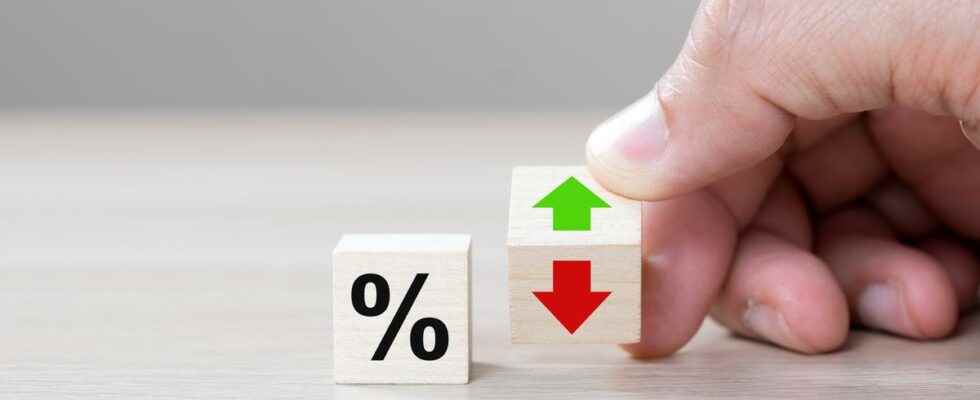The French population grew by an average of 0.3% each year between 2014 and 2020, against 0.5% between 2009 and 2014, according to INSEE figures.
The growth of the French population is easing in almost all regions due to a lower natural balance (number of deaths subtracted from the number of births), according to figures for 2020 published Thursday by INSEE. On January 1, 2020, France had 67.16 million inhabitants (excluding Mayotte). The French population grew by an average of 0.3% each year between 2014 and 2020, against 0.5% between 2009 and 2014, according to this study. This slowdown is due to a lower contribution from the natural balance in all regions, except in Guyana, explained the National Institute of Statistics.
Read alsoParis could fall below the two million inhabitants mark between 2050 and 2060
In general, all regions saw their demographic growth weaken between 2014 and 2020, with the exception of Provence-Alpes-Côte d’Azur where the rate remained identical to that of previous years (+0.4% ). Despite the slowdown, the regions which saw their population increase the most are Guyana (+2.1%), Corsica (+1%) and Occitanie (+0.7%).
Conversely, it was in Martinique and Guadeloupe that it fell the most (-1.0% and -0.7% respectively). In Martinique ofmany departures, mainly to mainland France, mainly concern young people pursuing studies or looking for a job“, and these departures are not compensated by the natural surplus, a phenomenon that is found in Guadeloupe, explains INSEE. In Ile-de-France, the population increased slightly (+0.3%), an evolution which results from a high natural balance and a negative migratory balance.
SEE ALSO – Demography: has France become a country of “old people”?
Parisian exodus
In detail, the population fell between 2014 and 2020 in 21 departments, located mainly in the Northeast, the Center and the Massif Central. Nièvre, Meuse and Haute-Marne in particular experienced sharp declines. Paris is also one of the departments concerned with a decline of 0.6% on average each year. On the other hand, the population has increased in departments around Paris such as Seine-Saint-Denis or along the Atlantic coast, such as in Gironde and Loire-Atlantique as well as in the South, such as in Hérault and Corsica. .
Read alsoThese regions and departments which should lose inhabitants by 2070
Towns generally continue to attract inhabitants. The population has increased twice as fast in urban areas as in rural areas (+0.4% per year on average, against +0.2%).
